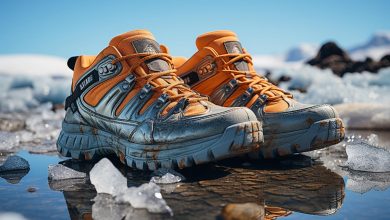Running Tights Vs. Thermal Leggings: Which Is Better for Cold Weather
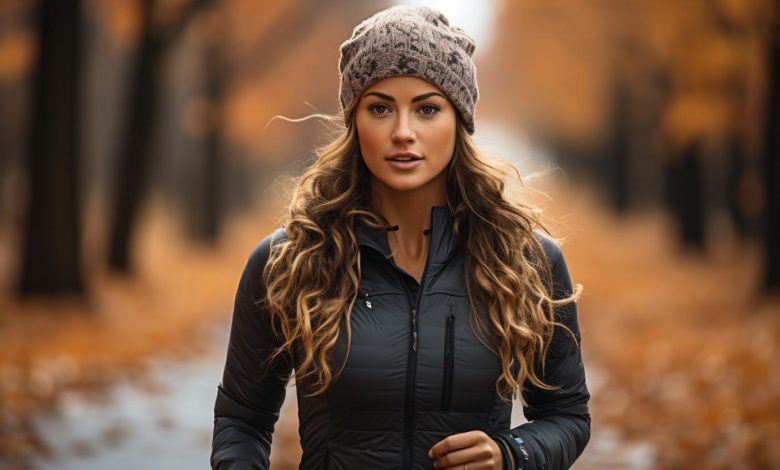
When it comes to braving the cold weather, finding the right gear is essential. You’ve heard the saying ‘dress for success,’ and that couldn’t be truer when it comes to your running attire.
In this article, we will delve into the age-old debate of running tights versus thermal leggings. We’ll explore their differences in material, insulation, breathability, fit, durability, and price.
By the end of this guide, you’ll have all the information you need to make an informed decision for your winter workouts.
Material and Insulation: Understanding the Differences
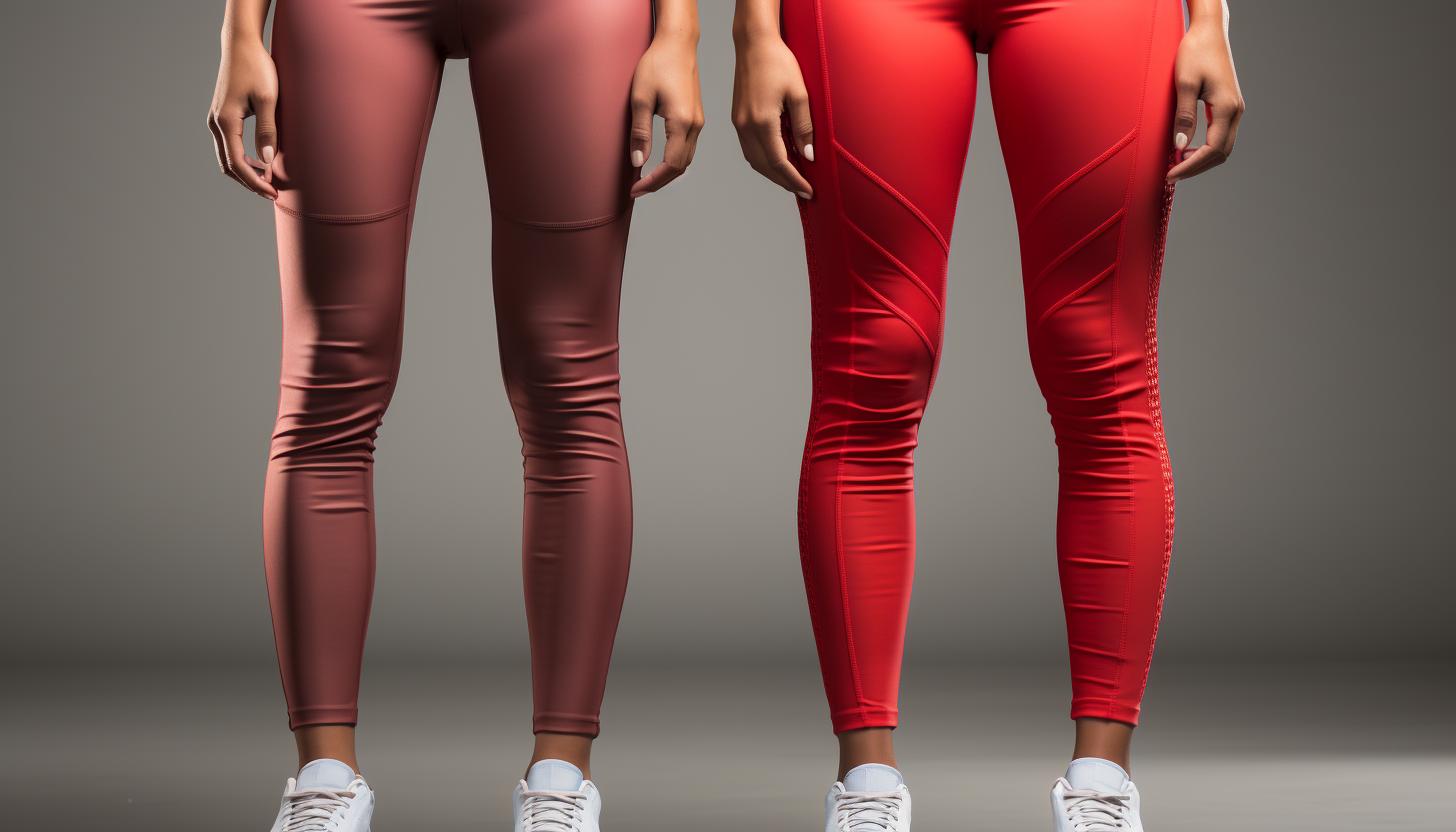
When choosing between running tights and thermal leggings for cold weather, you’ll want to understand the differences in material and insulation. Both options have their own unique features that offer a combination of performance and functionality, comfort and warmth.
Running tights are typically made from a blend of synthetic materials such as spandex or elastane. This allows them to provide excellent stretchability and flexibility, which is crucial for unrestricted movement during your runs. The fabric also wicks away moisture, keeping you dry even when you work up a sweat. However, running tights alone may not provide enough insulation for extremely cold temperatures.
On the other hand, thermal leggings are specifically designed with insulation in mind. They are usually made from thicker materials like fleece or wool blends that trap heat close to your body. This extra layer of insulation ensures maximum warmth while still allowing for freedom of movement. Thermal leggings are ideal for colder climates or if you tend to feel the chill more easily.
Ultimately, the choice between running tights and thermal leggings depends on your specific needs and preferences. If you prioritize performance and functionality with added moisture-wicking properties, then running tights may be your best bet. However, if staying warm is your main concern in freezing temperatures, opt for thermal leggings to ensure optimal comfort throughout your cold-weather workouts.
Breathability and Moisture-wicking Abilities

Although they both keep you warm, running tights and thermal leggings differ in their breathability and moisture-wicking abilities.
When it comes to sweat absorption, running tights are designed with advanced moisture-wicking technology that pulls sweat away from your skin, keeping you dry and comfortable during intense workouts. On the other hand, thermal leggings are typically made of thicker materials like fleece or wool, which can retain moisture and make you feel damp as you perspire.
In terms of air circulation, running tights often have mesh panels strategically placed in high-sweat areas such as the back of the knees or along the sides of the thighs. These panels allow for better airflow, preventing overheating while still providing ample warmth. Thermal leggings, on the other hand, prioritize insulation over breathability. They trap heat close to your body to keep you warm in cold weather but may not offer as much ventilation during intense activities.
Transitioning into the next section about fit and flexibility: finding the right balance, it is important to consider how these features align with your specific needs and preferences. While running tights excel in moisture management and breathability for active pursuits, thermal leggings offer superior insulation for low-intensity activities or extremely cold conditions. Ultimately, choosing between running tights and thermal leggings depends on your activity level, climate, and personal comfort preferences.
Fit and Flexibility: Finding the Right Balance
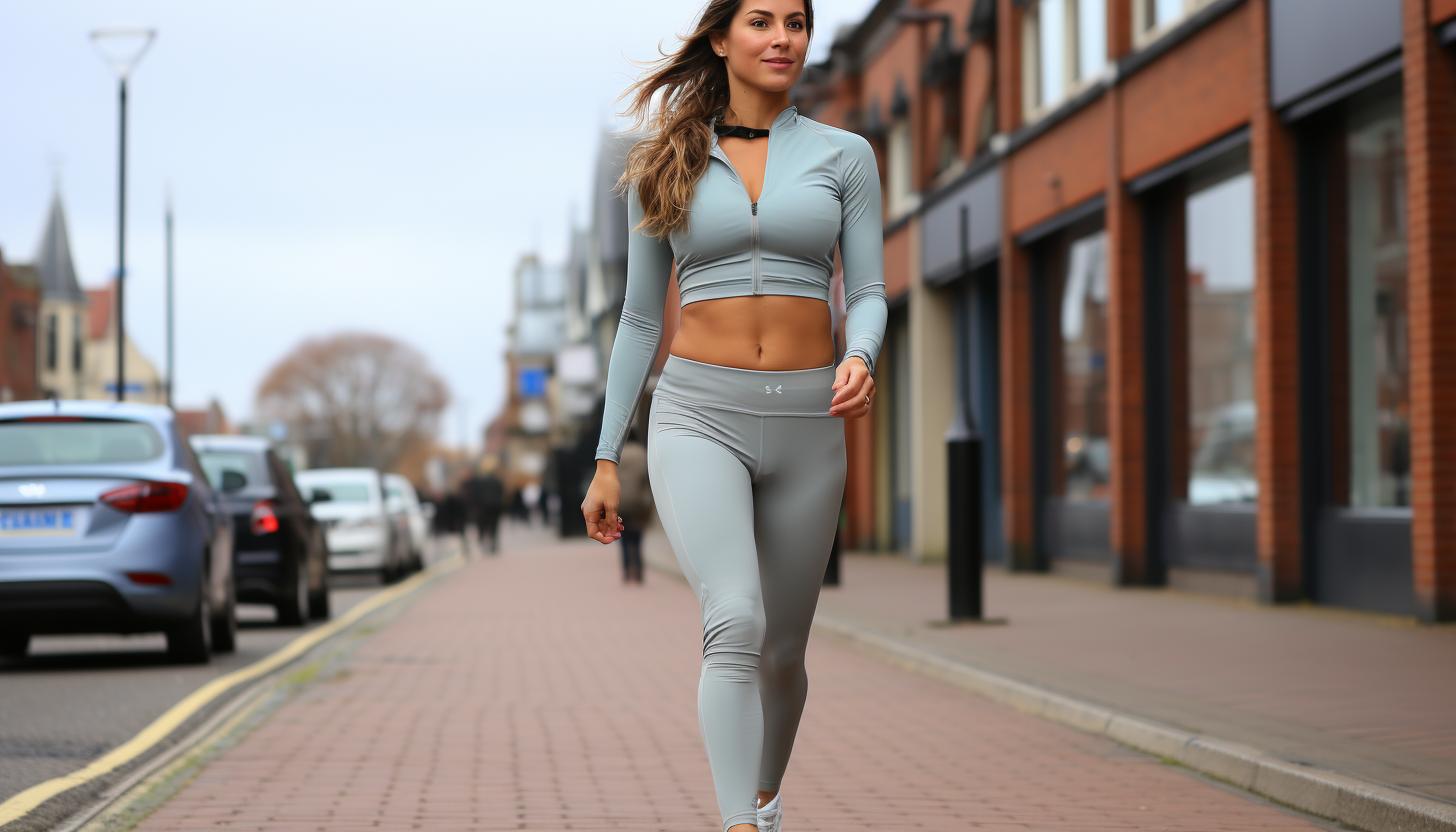
Finding the right balance between fit and flexibility is essential when deciding which option best suits your needs and preferences. When it comes to running tights and thermal leggings, it’s important to consider finding the right size for optimal comfort and range of motion.
Running tights are typically made from stretchy materials like spandex or elastane, which offer a snug fit that hugs your body. This close fit allows for maximum freedom of movement during your runs. However, it’s crucial to find the right size so they don’t feel too tight or restrictive. Look for options with adjustable waistbands or drawstrings that allow you to customize the fit according to your preference.
On the other hand, thermal leggings are designed specifically for cold weather conditions. They are usually made from thicker materials like fleece or brushed fabric that provide insulation against low temperatures. While they may not offer as much stretch as running tights, some thermal leggings incorporate strategic paneling or gussets in key areas for improved flexibility without compromising warmth.
Ultimately, finding the right balance between fit and flexibility depends on your individual preferences and intended use. If you prioritize unrestricted movement during your runs, opt for well-fitting running tights with stretchy materials. For colder climates where warmth is a priority but some flexibility is still desired, choose thermal leggings with thoughtful design features that offer both comfort and range of motion.
Durability and Longevity: Which Holds Up Better
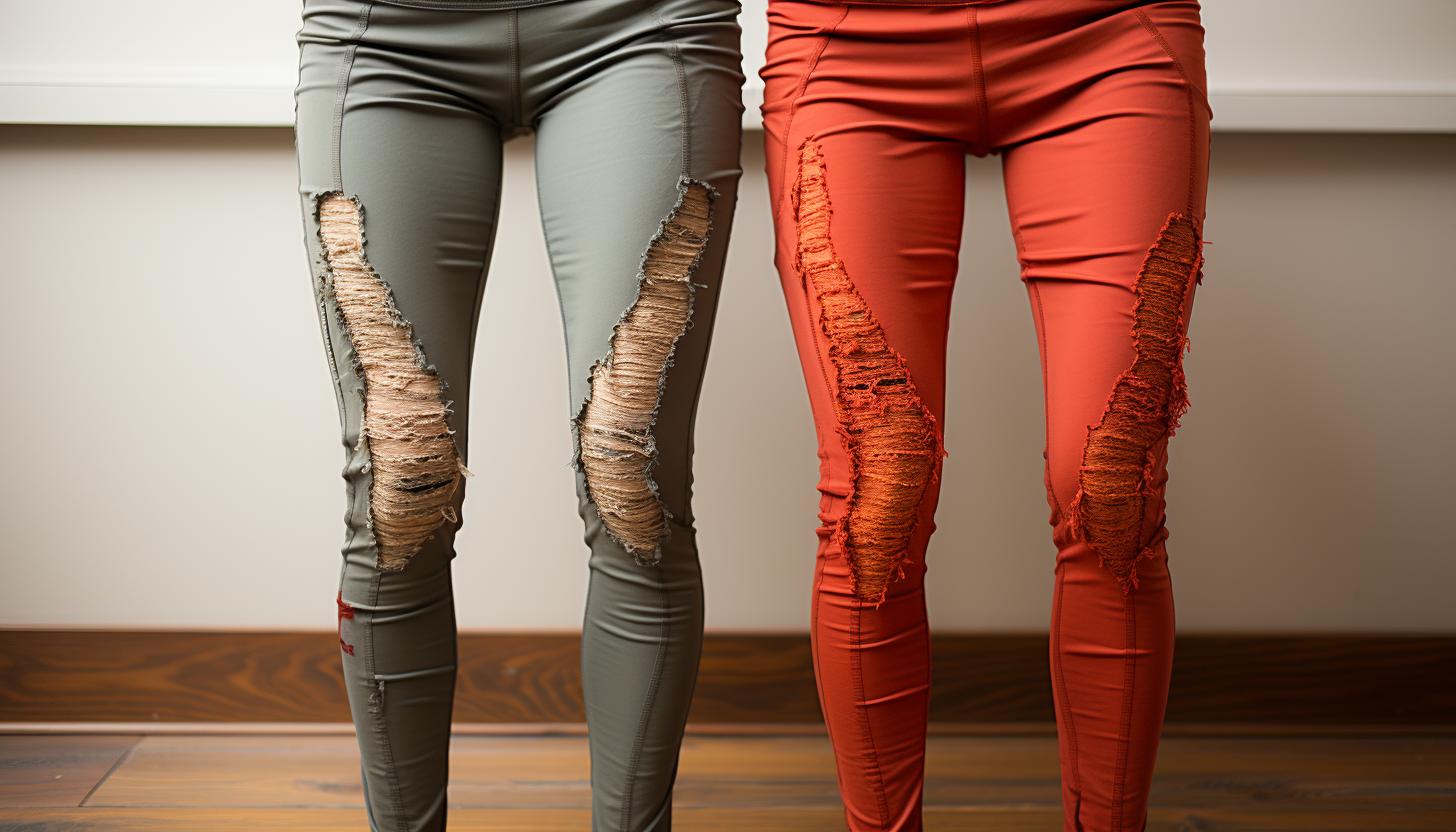
The durability and longevity of running tights and thermal leggings depend on the materials used and how well they are cared for. Both options can provide excellent performance in cold weather, but it’s important to understand their differences when it comes to durability.
Durability comparison:
– Running tights:
– Made from lightweight, stretchy fabrics like nylon or polyester blends.
– Designed for intense physical activity, with reinforced stitching in high-stress areas.
– Resistant to abrasion and tearing, ensuring long-lasting use.
– Thermal leggings:
– Constructed with thicker materials like fleece or wool blends.
– Intended for warmth, often featuring brushed linings that offer insulation.
– May not be as durable as running tights due to the nature of the fabric.
Longevity analysis:
– Running tights:
– With proper care, can withstand frequent use and washing without losing shape or elasticity.
– Regularly check for signs of wear and tear such as fraying seams or pilling fabric.
– Thermal leggings:
– Require more delicate handling due to their thicker fabric.
– Avoid excessive stretching or rough treatment during washing to maintain their longevity.
Ultimately, both running tights and thermal leggings can provide lasting performance if cared for properly. Consider your specific needs in terms of durability and choose accordingly.
Price and Value: Making the Right Investment
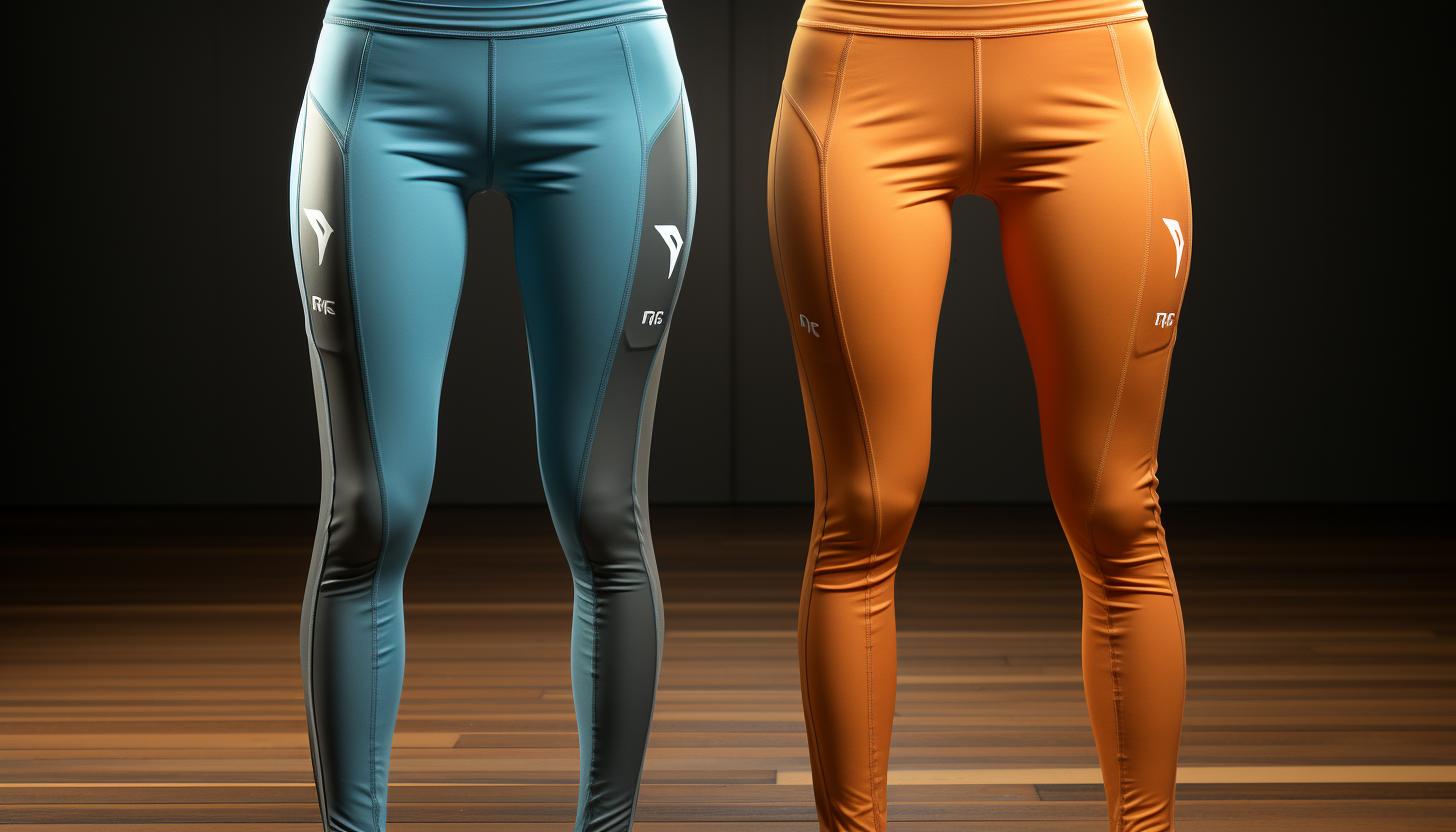
When considering price and value, it’s important to weigh the cost of running tights and thermal leggings against their durability and longevity. Both options have their pros and cons when it comes to cost effectiveness, but ultimately, your decision should be based on your specific needs and preferences.
Running tights, typically made from lightweight materials like spandex or polyester, are designed to provide a snug fit that enhances mobility while also offering some degree of insulation. They are generally more affordable than thermal leggings and can be found in a variety of brands with different price ranges. However, because they are not specifically designed for extreme cold weather conditions, they may not provide the same level of warmth as thermal leggings.
Thermal leggings, on the other hand, are specifically engineered to provide maximum insulation in cold weather. Made from thicker materials such as fleece or merino wool blends, these leggings trap heat close to your body while also wicking away moisture to keep you dry. Thermal leggings tend to be more expensive due to the higher quality materials used and their ability to withstand colder temperatures.
When deciding between running tights and thermal leggings in terms of price and value, it’s essential to consider brand reputation as well. Established brands often have a proven track record of producing high-quality products that last longer and perform better. While they may come at a higher initial cost, investing in reputable brands can save you money in the long run by ensuring durability and longevity.
Conclusion
In conclusion, when it comes to choosing between running tights and thermal leggings for cold weather, it is important to consider the specific needs and preferences of your outdoor activities.
While running tights offer a sleek and lightweight option with excellent breathability, thermal leggings provide superior insulation and warmth.
Ultimately, the choice depends on finding the right balance between material, fit, durability, and price.
Symbolically speaking, like a well-oiled machine gliding through snow-covered trails or braving icy winds, both options can help you conquer any winter workout challenge with confidence and style.




